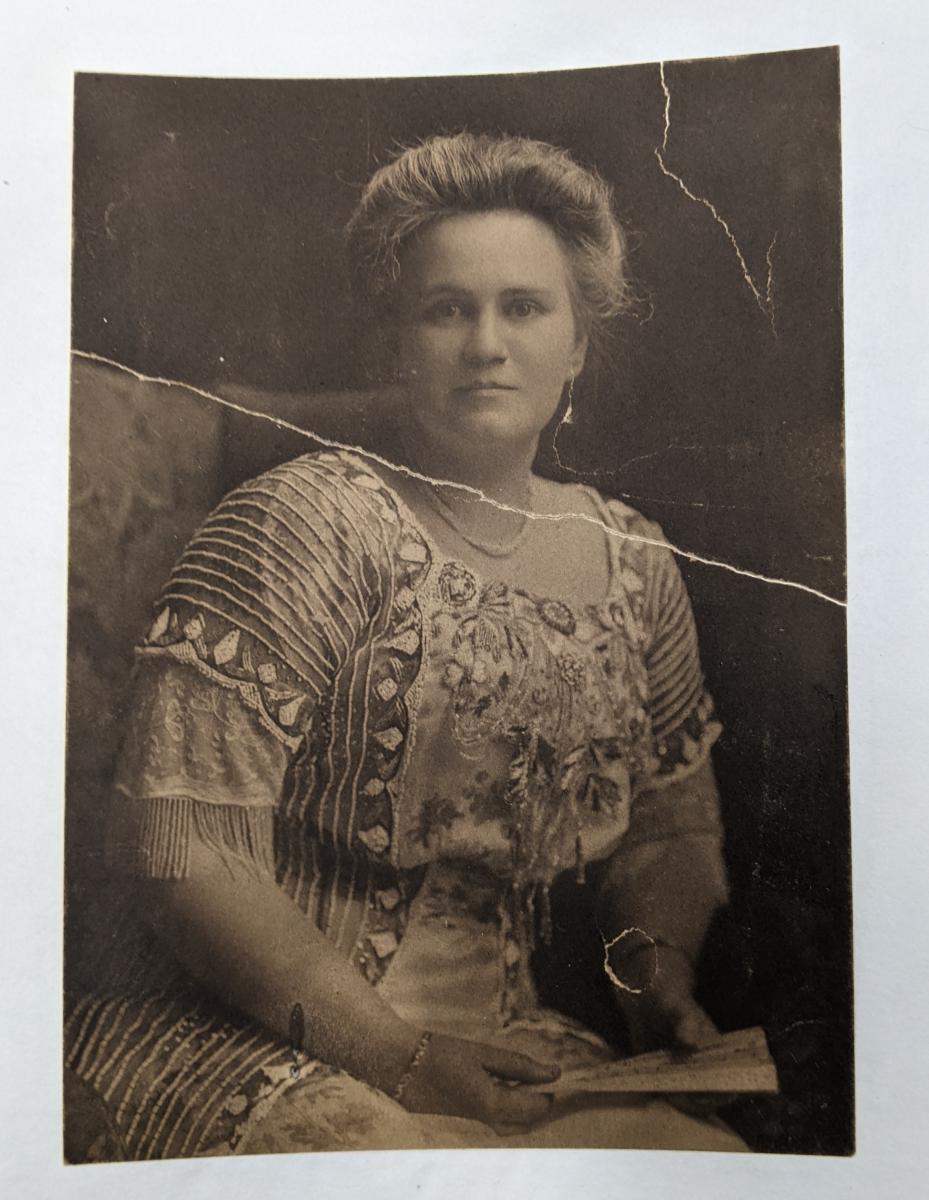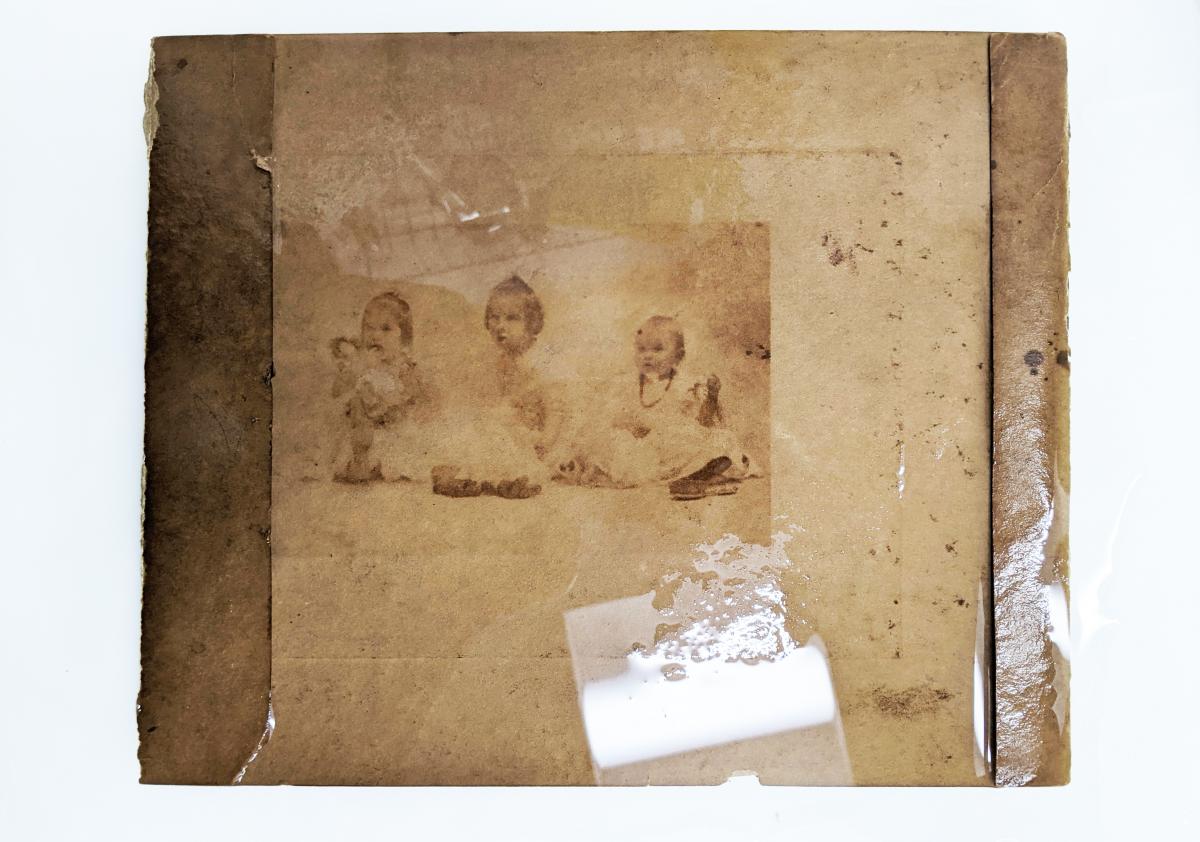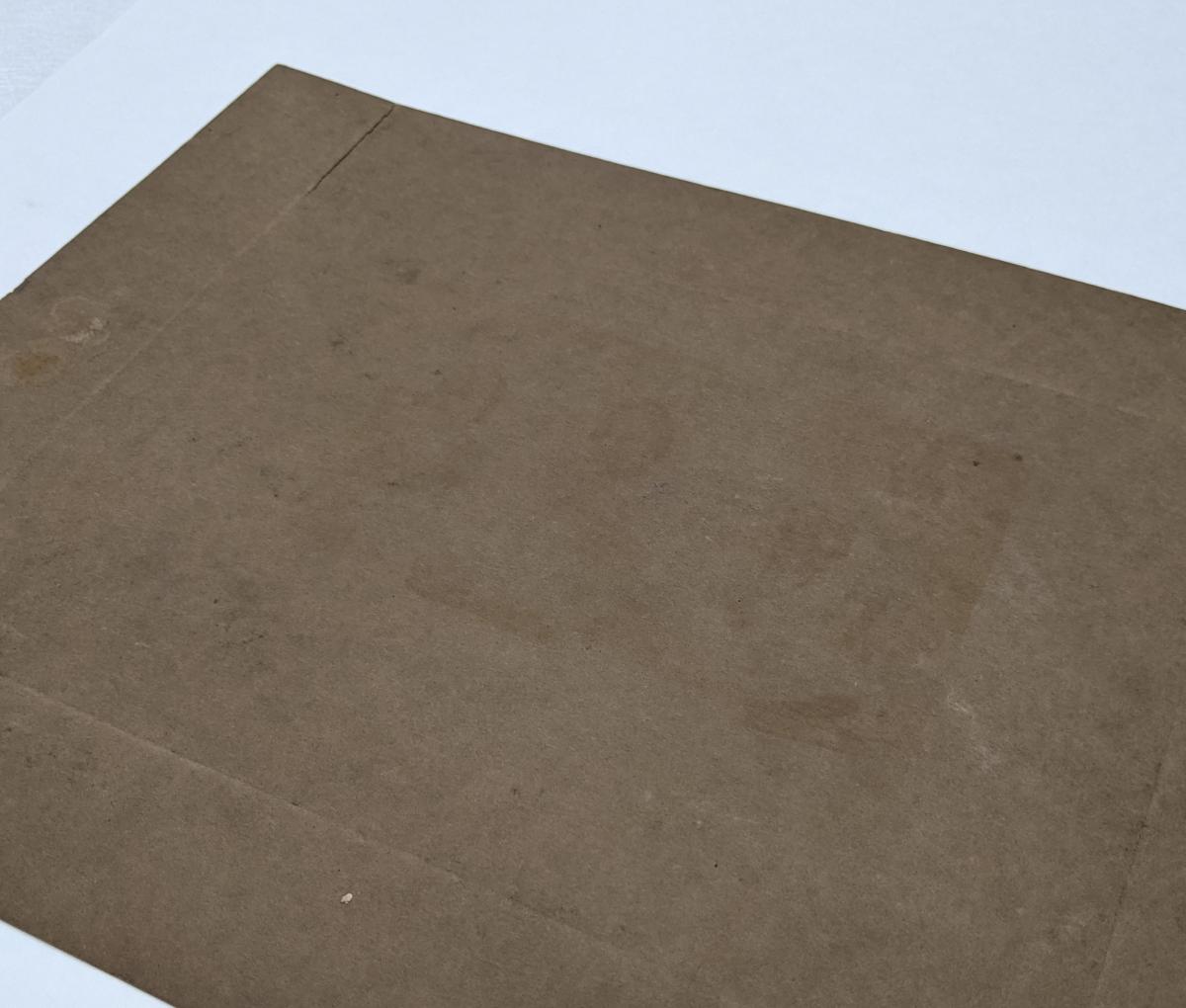Photographic images made with platinum or palladium metal typically have a matte surface sheen, a wide range of shades in the middle range but no deep shadows, neutral to warm or brownish-gray, and a moody feel. Because of the softness of the image quality, the process was popular for portraiture.

The platinum metal does not deteriorate, so the pictures do not fade. However, they are subject to other types of damage. Because the image particles rest on the surface of the paper substrate without the protection of a coating or binder material, they are susceptible to scratches and abrasions. The paper is often soft and can be brittle, as can the mounting boards frequently textured and toned to match the image. Iron residues from light-sensitive iron salts used in creating the image cause staining (most noticeable in highlight areas) and weakening of the paper. The platinum metal itself is a strong catalyst for chemical oxidation/reduction reactions involving paper mounts. These reactions break the paper fibers over decades and cause yellowing or browning in the areas in direct contact with the platinum image. This leaves a “ghost” or mirror image of the photograph on facing paper, pages, and folder mats. Finally, the deterioration could be a result of strong acids used in the printing process. At least one study has shown that the quality or fiber source of the paper has no impact on the formation of these ghost images.
During the treatment of a platinum photograph, a ghost image appeared in a water bath. The print was being removed from the mount to repair breaks. As the paper absorbed water, the back of the brown-colored mount appeared to have a trio of toddler girls holding their dollies. This image did not match that of the print, and it was not obvious prior to immersion. Based on clothing styles, both images date to the very early 20th century, when platinum palladium printing in portraiture was most popular. At the advent of World War II, platinum costs skyrocketed, and the process fell out of use. The photo of the girls was likely stored for many years in a stack with the portrait of the woman. The stacking allowed the local deterioration of the paper, and these areas of shortened paper fibers, absorbed water more readily, appearing darker in the bath.


After reviewing the paper mount after drying, it is possible to see a faint outline of the figures, but they are easily missed or regarded as general stains. It seems that the adjacent platinum/palladium print was not in contact long enough to cause a strong ghost image, which would be obvious regardless of whether the paper was wet.
The photograph of the woman was taken by Mary Carnell, (December 21, 1861 — October 10, 1925) of Philadelphia, who was involved in numerous women’s art guilds and civic groups. It will be mended, lined to a new piece of Kozo fiber paper to add strength, and reattached to the components of the original mount.
Reference: Phenomenon of Platinum Print Image Transfer to Adjacent Paper- by Herman, Shpargel, Varga, Gaskell, Ormsby - In Platinum and Palladium Photographs Technical History, Connoisseurship, and Preservation. Pg. 232
Laura Wahl is the Library Conservator at Hagley Museum and Library.
